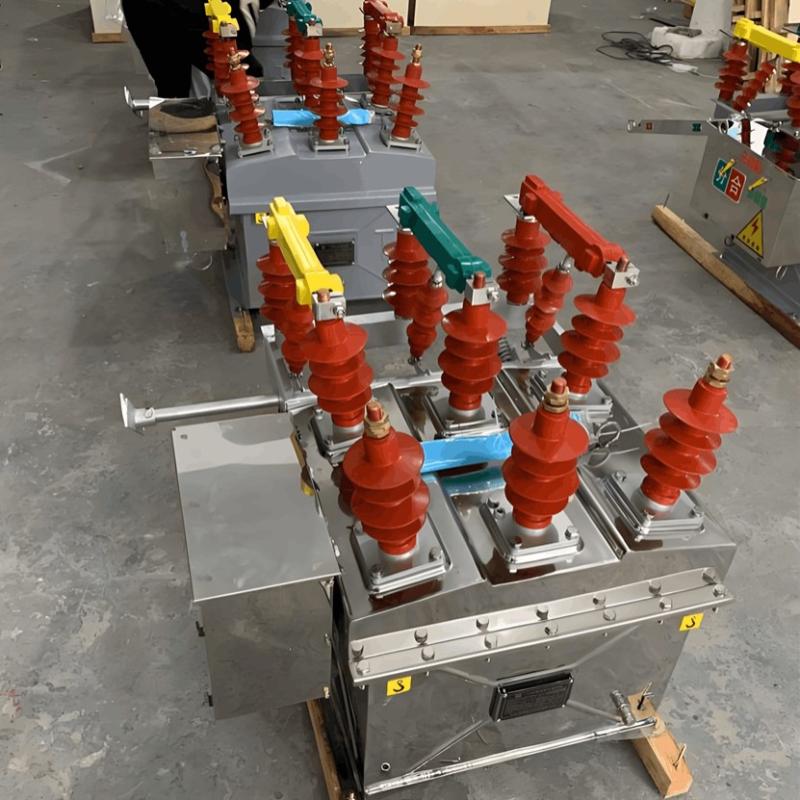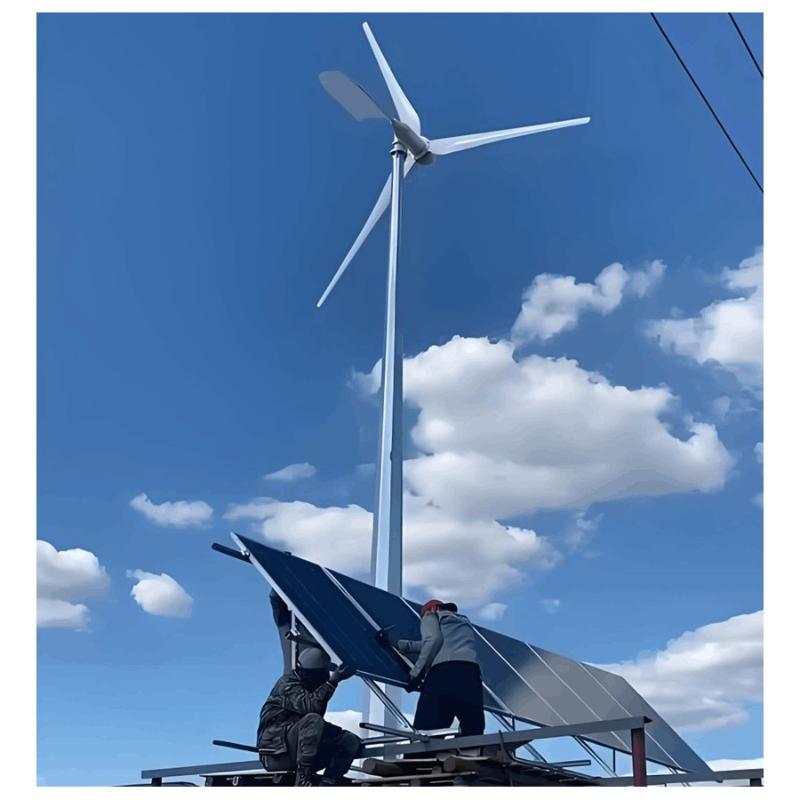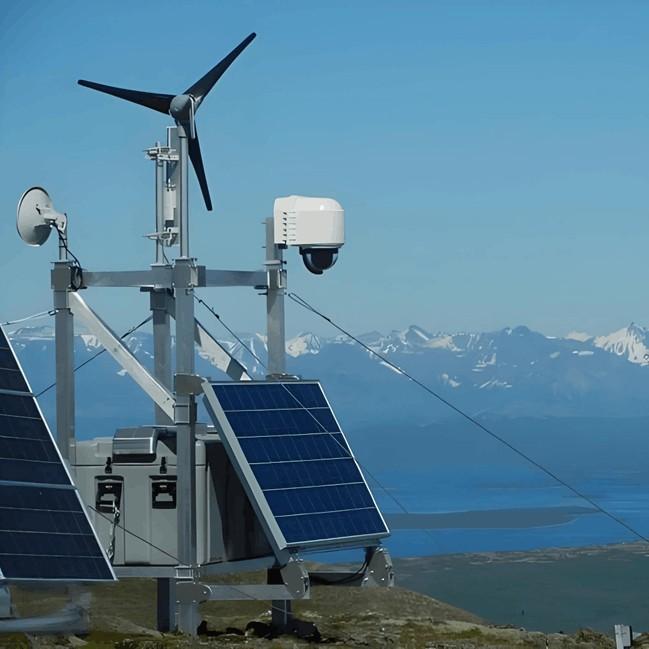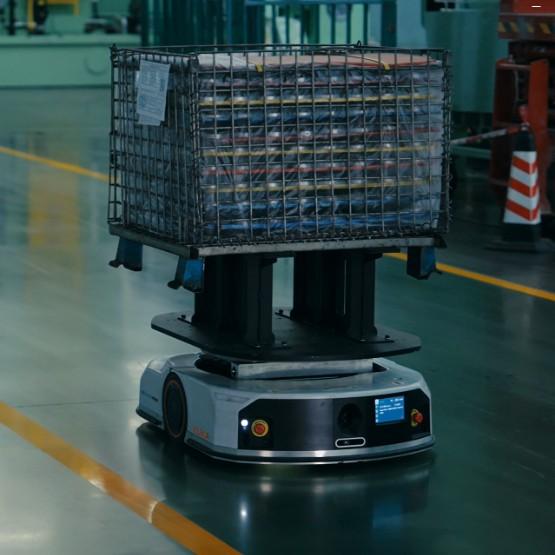1. Performance Characteristics of Prefabricated Cabin - type Substations
The performance characteristics of prefabricated cabin - type substations are as follows:
Small Footprint: With a modular design, it can adopt a two - layer three - dimensional layout, saving land acquisition costs.
Flexibility in Station Construction: It has low requirements for the station site. The layout can be flexibly adjusted according to the actual on - site conditions (such as land shape and geology). It can be relocated and is mobile.
Reduced On - site Construction Workload: In the traditional substation construction mode, the on - site civil engineering workload is large. Equipment needs to be assembled, wired, and debugged after being transported to the site, and it is greatly affected by the climate and environment, resulting in a long construction period. In the prefabricated cabin mode, equipment is pre - installed, wired, and debugged in the factory. On - site work only involves cabin body splicing and inter - cabin wiring. It is less affected by the climate and environment, and the construction period is short.
Reduced Complexity of On - site Construction Management: In the traditional construction mode, civil engineering foundations are built first, followed by equipment installation and then the construction of the switchgear room. The project cycle is long, with cross - operations, making management difficult. In the prefabricated cabin mode, only simple foundation construction for the prefabricated cabin is required on - site. After completion, the civil engineering team can withdraw, and then wait for the prefabricated cabin to be positioned. This avoids cross - construction, and construction management is relatively simple.
Good Environmental Friendliness: In the traditional wet construction mode, the civil engineering workload is large, resulting in a lot of dust, which causes significant dust pollution to the environment and has a large impact on the surrounding environment. In the prefabricated cabin mode, the cabin body is prefabricated as a whole and transported to the site. The on - site civil engineering workload is small, resulting in a relatively small impact on the surrounding environment, and it is environmentally friendly.
Beautiful Appearance and Harmony with the Environment: In the prefabricated cabin mode, customized exterior paintings can be carried out according to the surrounding environment of the step - up substation to achieve harmony with the environment. At the same time, prefabricated cabin - type substations have good functions of isolating electromagnetic radiation and reducing noise, and are easily accepted by surrounding residents.
Short Construction Period: The construction period of prefabricated cabin - type substations is short. The foundation construction and prefabricated cabin production are carried out simultaneously, and the construction period is about three months.
Low Comprehensive Cost: The traditional construction mode is relatively fixed, with limited space for cost optimization. The prefabricated cabin - type step - up substation can reduce civil engineering and installation costs. The construction period is advanced, and grid - connection and power generation can be achieved earlier, obtaining benefits in advance. The comprehensive cost is reduced by about 10%.
2. Design Technology of Prefabricated Cabin - type Substations
According to Q/GDW 1795 - 2013 General Rules for 3D Modeling of Power Grids issued by the State Grid Corporation of China, parametric modeling and solid modeling methods are used to conduct 3D modeling design for prefabricated cabin products.
Parametric Modeling: This is a modeling process that uses multiple sets of parameters to constrain the relationships and dimensions of geometric elements in a graph, driving the generation of geometric graphs with different topological relationships. By adjusting the parameters, the geometric shape of the graph can be modified and controlled. It can quickly achieve 3D modeling of prefabricated cabin - like products.
Solid Modeling: The parametric model is used as a reference for solid modeling. The parameters of each 3D voxel are associated with it. After refining the components of the prefabricated cabin (top cover, wall, base, and integrated equipment), they are assembled into a 3D model of the prefabricated cabin product.
Production Drawings: Solid modeling is used to generate production drawings for each component, and a related bill of materials (BOM) is automatically generated. At the same time, it is possible to scan the QR code on the drawing to preview the 3D model online, improving the processing and production efficiency.
Visual Rendering: Advanced visual rendering technology is applied to render the details of the appearance, internal scenes, and environmental lighting of the created prefabricated cabin model, realizing digital visual design of the prefabricated cabin and presenting the product form in all aspects for users.
CAE simulation technology is adopted to conduct simulation and analysis of the prefabricated cabin structure under conditions such as hoisting, wind load, snow load, and earthquake, to verify the reliability of the cabin structure, reduce design costs, shorten the design cycle, and improve product reliability.
Hoisting Condition Simulation: CAE simulation technology is used to analyze the stress and deformation of the prefabricated cabin module under gravitational load during hoisting. The lifting points are located at the four lifting lug mounting holes on the bottom channel steel of a single module.
Snow Load Condition Simulation: Using CAE simulation technology, according to the requirements of GB 50009 - 2012 Code for Loads on Building Structures, the structural stress of the prefabricated cabin under the snow load condition with a 50 - year return period is simulated.
Wind Load Condition Simulation: Using CAE simulation technology, according to the requirements of GB 50009 - 2012 Code for Loads on Building Structures, the structural stress of the prefabricated cabin on each surface of a double - pitched roof building under the wind load condition is simulated.
Modal Decomposition: Different from the natural vibration period characteristics of high - rise building structures, the prefabricated cabin structure is formed by welding a large number of section steel profiles. Its natural frequency should be calculated by the modal decomposition method. The obtained modes and the design earthquake spectrum can be used for seismic response analysis of the prefabricated cabin.
Earthquake Condition Simulation: Using response analysis technology, according to the requirements of GB 50260 - 2013 Code for Seismic Design of Electrical Installations, the structural stress of the prefabricated cabin under the condition of an 8 - degree seismic fortification intensity is simulated.
Illuminance Simulation: Using illuminance simulation software, the illuminance values of normal lighting, emergency lighting, and emergency evacuation lighting inside the prefabricated cabin are simulated and calculated to meet the illuminance requirements in DL/T 5390 - 2014 Technical Regulations for Lighting Design of Power Plants and Substations, ensuring a comfortable operation and maintenance environment inside the cabin.
3. Process Technology of Prefabricated Cabin - type Substations
The process of prefabricated cabin - type substations is as follows:

Production Process: The prefabricated cabin is processed in a standardized factory, which can ensure the product quality of the prefabricated cabin. The process is shown in Figure 1.
Anti - corrosion Process: Different anti - corrosion grades and spraying processes are selected according to different application scenarios to ensure that the prefabricated cabin does not rust during its service life.
Insulation Process: A three - layer insulation structure of "steel plate + rock wool & polyurethane + machine room wall panel & marine fire - proof insulation rock wool board" is adopted, supplemented by heaters and air conditioners to ensure that the temperature inside the cabin is within an appropriate range.
Waterproof Process: For partition cabins prone to water leakage, compression - ratio sealant and weather - resistant silicone sealant are used for sealing treatment, and waterproof covers are used in combination to ensure that the cabin is leak - proof.
Dust - proof Process: The sealing process of cars is adopted, that is, high - elastic sealing strips (EPDM rubber) are used to achieve dust - proof, moisture - proof, and anti - condensation effects. The cable holes for high - voltage and low - voltage incoming and outgoing lines adopt knock - out holes convenient for sealing, and sealing rubber rings for knock - out holes are randomly configured inside the cabin.
Ventilation Process: Considering climatic conditions and environmental factors, in areas with much wind and sand, extremely cold areas, and areas with high pollution, electric dampers or micro - positive - pressure dust - proof technology are used inside the prefabricated cabin to achieve dust - proof, moisture - proof, and anti - condensation effects and ensure the stable operation of equipment.
Interior Decoration Process: Flame - retardant PVC threading pipes are used for pre - embedding in pipeline power distribution and lighting, and galvanized pipes are used for pre - embedding in fire - fighting and access control equipment. Anti - static floors are generally used for secondary equipment on the floor, and insulating rubber pads are generally used for primary equipment. A skeletal integrated ceiling is used for the ceiling, which is easy to install, aesthetically pleasing as a whole, and convenient for later maintenance.
Power Distribution Process: Power distribution boxes for power, normal lighting, emergency lighting, and maintenance boxes are set up inside the prefabricated cabin according to different functional requirements. Among them, the emergency lighting distribution box can provide a 36 - V centralized power supply, realizing functions such as remote monitoring and fire - fighting linkage.























